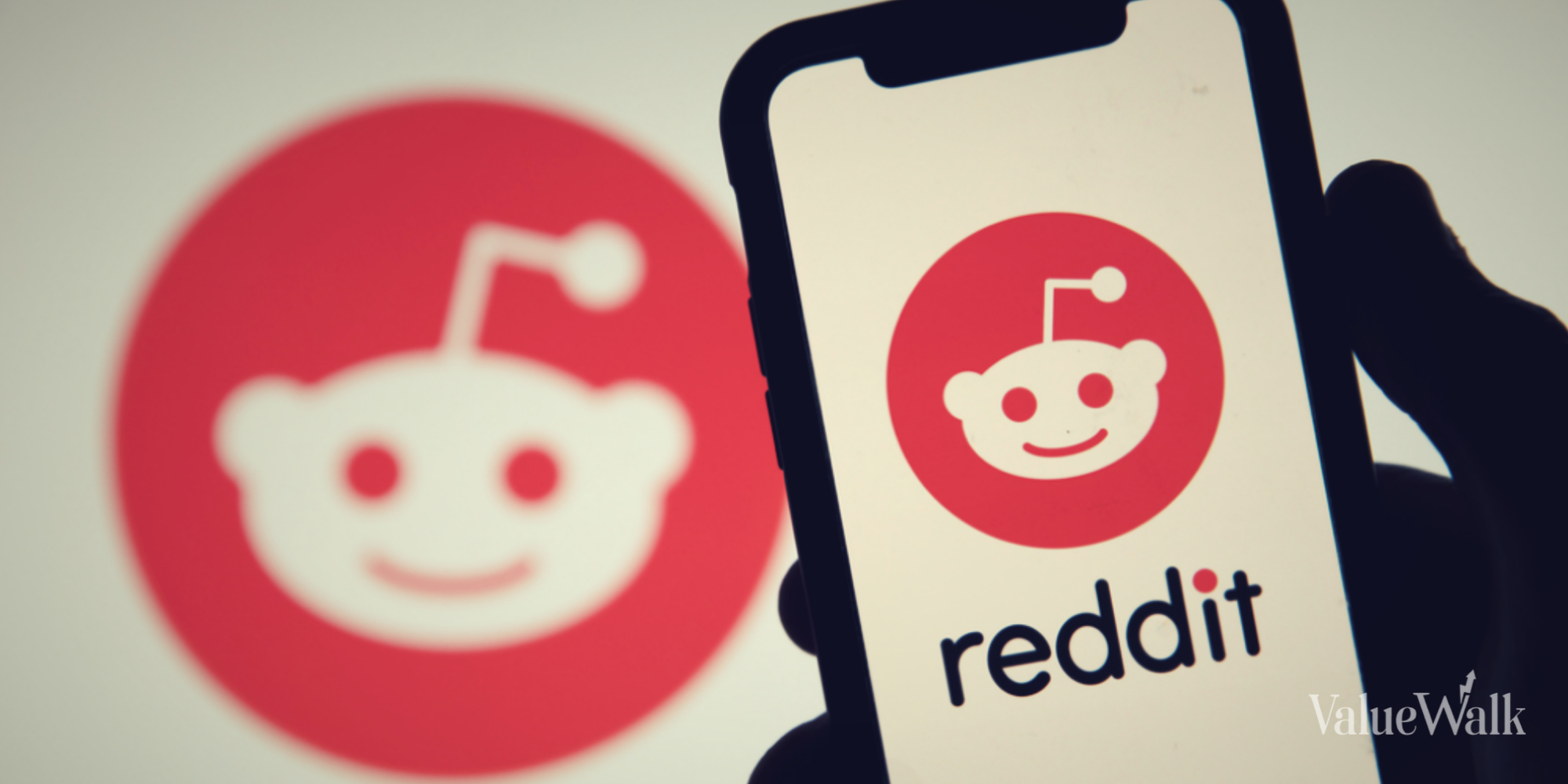Like most other decades-long stockholders of Apple Inc (NASDAQ:AAPL), I’ve become accustomed to the fairly frequent alarming price dips. I confess to being quite upset two or three decades ago, when the stock suddenly went into steep declines – and did not recover for many months.
Q2 2021 hedge fund letters, conferences and more
If I had only sold off my holdings near the peak, I could have walked away with a nice profit. But my greed had gotten the best of me. But luckily, when the stock sank, I had enough money to live on, so I didn’t need to sell off any of the stock.
Apple Stock's Upward Trend
We all know that Apple has trended very sharply upward over the last three decades. But maybe that trend is finally over. During the last three months, it has nearly always stayed within the range of 140 to 157. Maybe its long upward trend has finally ended. Maybe Apple will never hit 160.
I’m not the first observer to point out that there is a tremendous upside to Apple’s stock price declines – and especially to those when the price recovery is very slow. Now is clearly one of those periods.
Over the last three fiscal years (which begin on October 1st of the previous calendar year), Apple has averaged spending about $70 billion in stock buybacks. Buybacks are expected to continue at that level for at least another few years, so we shall continue to see the number of shares available to the public keep declining.
Since the company began buying back shares in the December 2012 quarter, the number of publicly held shares has fallen sharply. This decline is a tremendous boon to those stockholders who have been holding on to most or all of their shares.
As any card-carrying economist will tell you, if supply declines and demand remains about the same, the price will rise. The supply of Apple stock is the number of shares in the hands of the public. Since the fourth quarter of 2012, the company has been buying back a vast number of shares, thereby reducing the supply of Apple stock. And as predicted, the price of the stock has shot up since then.
But the price increase has not been steady, since other forces such as rising long-term interest rates, a trade war with China – where much of what Apple sells is made and/or assembled – and the COVD-19 pandemic.
Stock Buy-Back Program
Let’s now take a closer look at the scope of the stock buy-back program. During the company’s 2018 fiscal year, it bought back 4.79% of the outstanding shares. In 2019 it bought back 7.02%. Then, in 2020, it bought back 5.74%. And finally, in fiscal year 2021 – which ended on September 30th – it bought back 5.10%.
As of September 30th, the last day of Apple’s 2021 fiscal year, 16.43 billion shares were publicly held – a decline of 21% over the last four years. Had the company not bought back all those shares, the current price of the stock would have been considerably lower.
Let me leave you with this cheering thought. Right now, when the stock price is about $15 off its historic high, look at the bright side. The company is buying up millions of shares of the stock every week at bargain prices, thereby further reducing the supply of the stock held by the public, and ultimately pushing up its price.
Let’s see how the stock does over the next few years, as Apple continues its program of huge buy-backs. Barring any massive disasters, the stock will continue its long upward climb, now and then reaching new highs.






